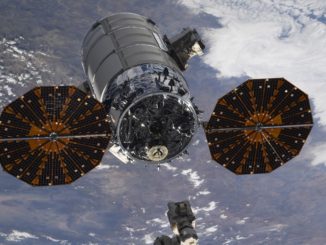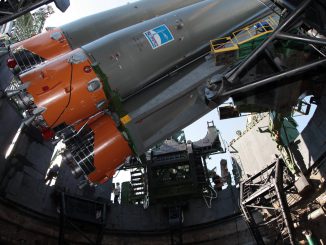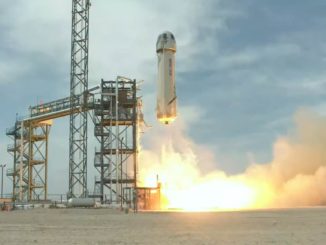EDITOR’S NOTE: Updated with confirmation of launch success.
A Soyuz rocket crowned by a Fregat upper stage carrying 11 Russian, German and U.S. satellites into orbit lifted off Thursday from the Vostochny Cosmodrome in Russia’s Far East, the first flight from the country’s newest spaceport since a failure in November.
The Soyuz-2.1a rocket lifted off at 0207:18 GMT Thursday (9:07:18 p.m. EST Wednesday) from Vostochny, a cosmodrome carved from the forests of Russia’s Amur region near the country’s border with China.
Burning a combination of kerosene and liquid oxygen, the Soyuz rocket’s four first stage boosters fell away around two minutes after liftoff, and the Soyuz core engine — known as its second stage — fired for around five minutes on a path north from Vostochny.
A third stage RD-0110 engine ignited to send the rocket’s Fregat upper stage toward orbit, then separated from the Fregat nearly nine minutes into the mission.
The Fregat upper stage was programmed to fire seven times to deploy 11 satellites into two distinct orbits several hundred miles in altitude, then to brake back into Earth’s atmosphere for a destructive re-entry, ensuring the mission does not create unnecessary space junk.
The Fregat’s flight sequence was to last more the five hours from blastoff from Russia’s Far East through re-entry over the Pacific Ocean southwest of Mexico.
The primary payloads on Thursday’s flight were the Kanopus-V 3 and 4 Earth observation satellites. The two spacecraft, which each weigh about a half-ton, will assist the Russian government in disaster response, mapping, forest fire detection and resource monitoring.
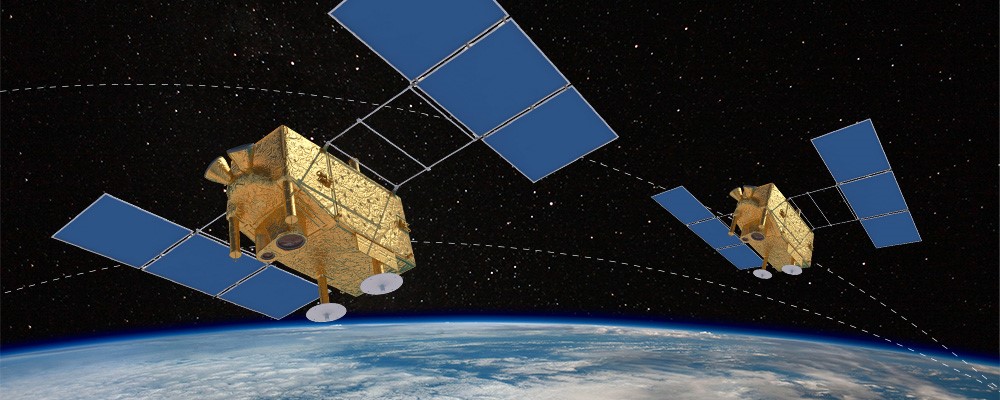
Thursday’s flight profile called for two Fregat main engine firings before separation of Kanopus-V 3 and 4. A statement issued by Roscosmos, the Russian space agency, said the twin payloads were deployed into their targeted sun-synchronous orbits around 317 miles (510 kilometers) above Earth around one hour after liftoff.
The Kanopus-V 3 and 4 satellites are owned by Roscosmos, and they will provide multiple Russian government agencies with black-and-white and color observations of Earth.
Two more Fregat burns guided the rocket into a different orbit for release of nine more payloads launched under a commercial arrangement provided by Glavkosmos, a Russian launch services provider aimed at the international market.
All of the satellites on Thursday’s launch were deployed by 0450 GMT (11:50 p.m. EST Wednesday), Roscosmos said in a statement.
Four Lemur-2 nanosatellites for U.S.-based Spire Global’s commercial space network were aboard the Soyuz rocket. The Lemur-2 CubeSats will join Spire’s satellite fleet measuring atmospheric weather conditions and tracking global maritime traffic.
Thursday’s mission was the third launch with Spire Lemur-2 satellites in three weeks, coming on the heels of an Indian Polar Satellite Launch Vehicle flight and Rocket Lab’s Electron rocket test flight earlier this month.
“In the end, Spire has 10 new Lemur satellites in orbit from three different launch vehicles from three different countries in in under three weeks!” Spire launch director Jenny Barna wrote in a blog post. “Looking forward to many more successes in 2018!”
Another four nanosatellites for the Technical University of Berlin launched Thursday will demonstrate an S-band inter-satellite communications package that could allow future constellations of spacecraft to conduct autonomous missions.
Each of the S-Net satellites weighs about 18 pounds, or 8.5 kilograms. The quartet will spend a year testing the S-band link technology, primarily a new radio transceiver for inter-satellite communications.
The technology could prove useful for future space missions, including projects in environmental and climate research, global early warning, disaster monitoring, orbital traffic tracking, on-orbit servicing, and deep space exploration and planetary robotics, according to the S-Net mission’s website.
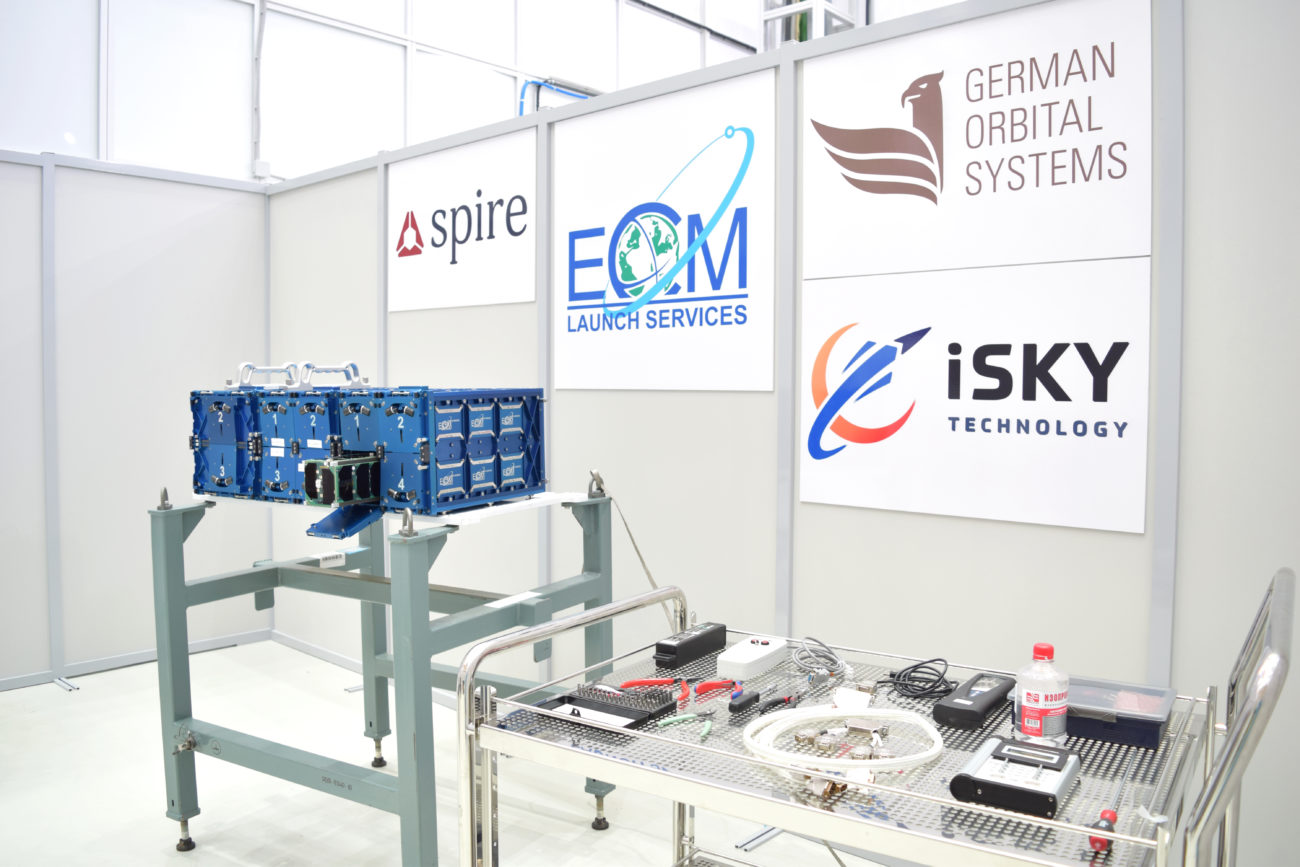
A CubeSat with an amateur radio relay payload named D-Star One Phoenix, developed by German Orbital Systems in Berlin in cooperation with the Czech company iSky Technology, was also launched Thursday. It replaces the D-Star One nanosatellite lost on the last launch from Vostochny on Nov. 28.
D-Star One was one of 19 satellites, including a Russian weather observatory, lost when a Fregat upper stage burned up in Earth’s atmosphere a few minutes after blastoff on a Soyuz booster.
Russian investigators blamed the accident on a programming error in the Fregat guidance computer, which caused the rocket to stray off course and conduct a critical orbital insertion burn pointed in the wrong direction.
Thursday’s Soyuz/Fregat mission was scheduled to conclude with three more Fregat engine burns, including a final de-orbit maneuver just shy of the five-hour mark in the flight.
The Soyuz/Fregat flight marked the 14th space launch to reach Earth orbit since the beginning of 2018. It was the third launch from Russia’s Vostochny Cosmodrome since rocket flights commenced there in April 2016.
Email the author.
Follow Stephen Clark on Twitter: @StephenClark1.

